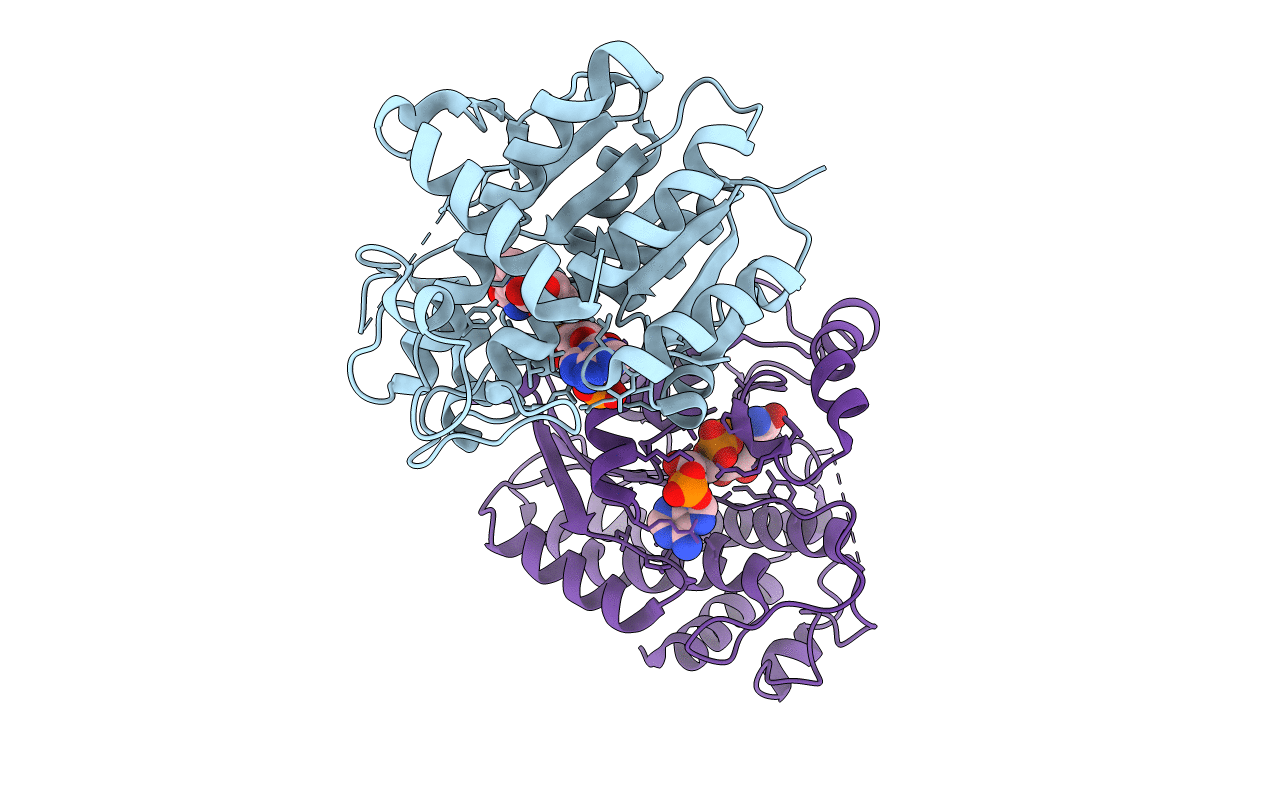
Deposition Date
2019-09-29
Release Date
2020-04-01
Last Version Date
2023-11-22
Entry Detail
PDB ID:
6L1H
Keywords:
Title:
Crystal structure of light-dependent protochlorophyllide oxidoreductase from Thermosynechococcus elongatus
Biological Source:
Source Organism:
Thermosynechococcus elongatus (strain BP-1) (Taxon ID: 197221)
Host Organism:
Method Details:
Experimental Method:
Resolution:
2.41 Å
R-Value Free:
0.22
R-Value Work:
0.18
R-Value Observed:
0.18
Space Group:
P 21 21 21


